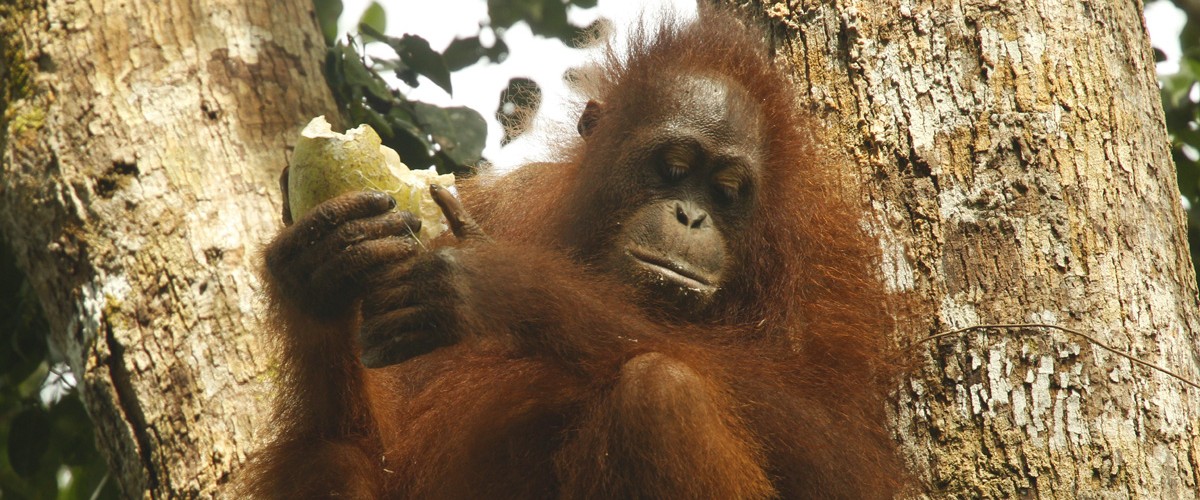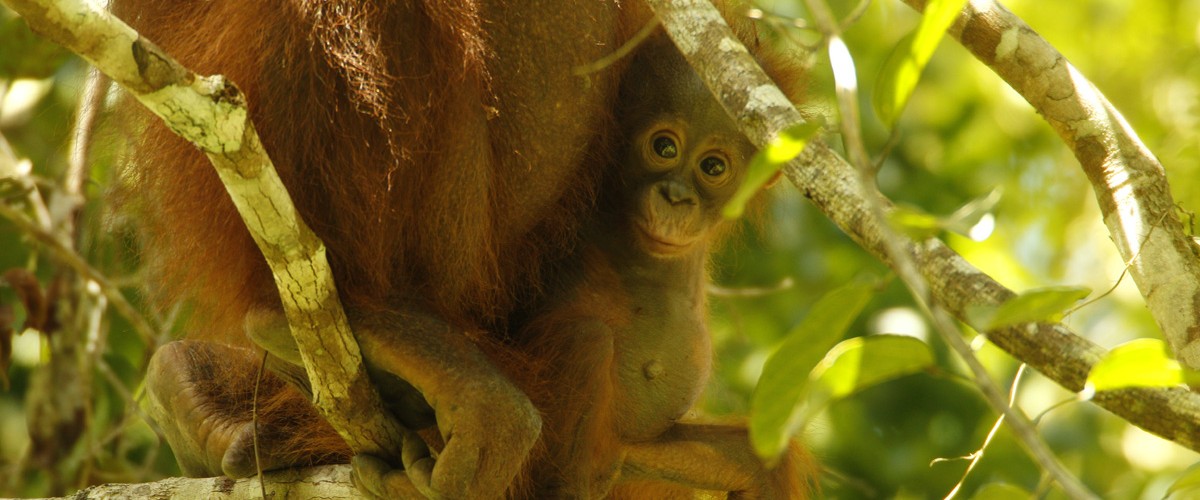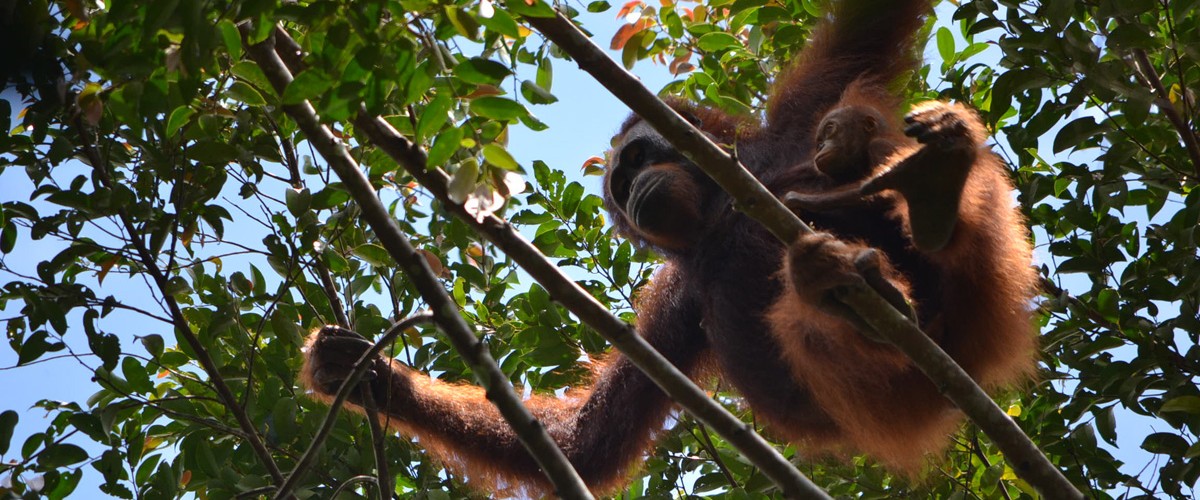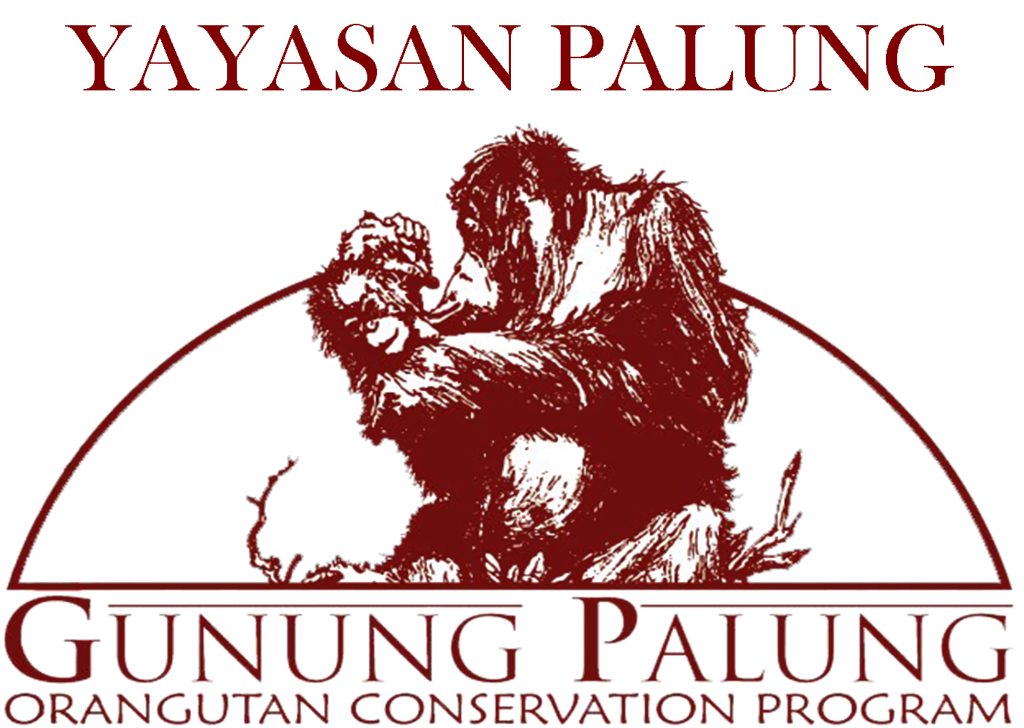Since 1994, Dr. Cheryl Knott has been leading scientific research on the orangutan population in Gunung Palung National Park, one of the longest running studies of wild orangutans in existence. Out of this research grew the Gunung Palung Orangutan Conservation Program/Yayasan Palung (GPOCP/YP), to build support for orangutan conservation with local officials and communities around the park. Scientific research plays a critical role in the conservation of Gunung Palung’s orangutans because it is essential to monitor the population’s size, health, and habitat use. Our research program is conducted in collaboration with Universitas Nasional (UNAS) and Boston University, with support and permission from the Gunung Palung National Park Office (BTN). We use cutting edge scientific techniques to investigate orangutan reproduction, behavior, social organization and physiology within an ecological context. The project is also investigating broader issues related to great ape and human evolution. This research has relevance for understanding the limits on the reproductive potential of orangutan populations and is important for conserving this endangered species.
GPOCP/YP’s mission is to protect orangutan populations and forest biodiversity in and around Gunung Palung National Park. Recognizing that most threats to orangutan survival are human induced, we take a multi-faceted community-based approach to orangutan conservation. We have developed a variety of initiatives that enable us to respond to both immediate threats to orangutan habitat (e.g., illegal land clearance) as well as longer-term ones (e.g., attitudes of villagers towards the forest). Central to each of our initiatives is our commitment to partnering with all of Gunung Palung’s stakeholders, including local communities, NGOs, and National Park and other government offices. Our core field staff lives in the communities in which we work and many are native to these communities. GPOCP/YP has therefore become a valued member of the local society, allowing us to effectively identify problems and respond to the concerns and needs of communities. We use solution-based methods to find viable alternatives to human activities that detrimentally impact the forest. Therefore, a very important part of our approach is to provide opportunities for local people to become involved and invested in our programs, which fosters long-term sustainability. We also emphasize capacity building to help villagers, government officials, students, and educators to develop the skills needed to take conservation action on their own.










